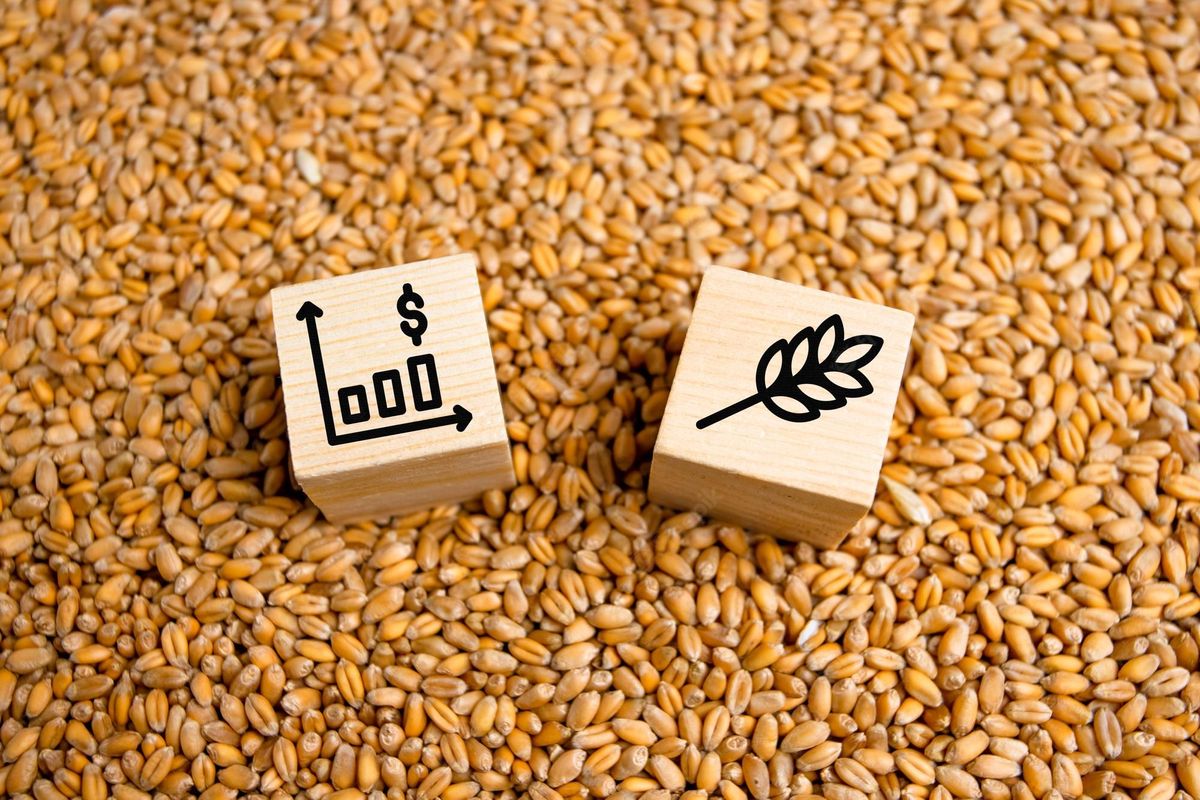Platts Milling Wheat Marker rises on steady demand and negative margins

The Platts Milling Wheat Marker averaged $231/mt in October, up from $229/mt in September, driven by steady demand for November and early December loadings, a stronger ruble currency, weather concerns, and negative margins.
Black Sea exporters anticipate that November, with deals primarily aimed at December and early January loadings, will be influenced by similar factors as in October. However, the Argentine and Australian harvest seasons may exert bearish pressure on prices.
“By the second half of November, I’d expect Russian wheat to fall to $220/mt,” one Russian wheat buyer said of the harvest pressure.
Another Russian seller added, “There are several buyers at $231/mt, but they aren’t pushing for higher bids,” indicating a potential decline in bid prices.
Demand is primarily coming from Yemen, Turkey, Kenya, Libya, Egypt, Syria and Oman. However, weather conditions and margins, with losses of $12 to $14/mt, make it difficult to foresee any significant price drops, potentially leading to fewer offers from Russia, one exporter said, uncertain of the market direction.
Ukraine, CVB markets quality concerns persist
Launched in June, the Platts MWM captures pricing from the largest wheat export region, the Black Sea, and is set daily by the most competitive end-of-day value either from the Russian 12.5% protein, Ukrainian 11.5%, or CVB 12.5% FOB wheat price assessments.
In October, Ukrainian prices — which have a $3.28/mt quality normalization premium added due to its lower protein content — set the MWM for the first time since the Marker was launched. This occurred when Russian wheat firmed from mid-October due to the ruble’s strength, averaging a $0.42/mt premium to the MWM. Through the month, Ukrainian prices ended up setting the MWM 57% of the time.
Since the season began in July, the top five buyers of Ukrainian wheat were Egypt (1.68 million mt), Indonesia (1.27 million mt), Algeria (772,000 mt), Vietnam (444,000 mt), and Yemen (347,000 mt), according to preliminary customs data shared with Platts. However, some Egyptian buyers have raised ongoing quality concerns about Ukrainian wheat, noting that shipments often fail to meet the agreed-upon gluten content of a minimum of 23%, instead ranging from 18% to 21%.
Meanwhile, the CVB spread between 12.5% W 180 and 11.5% wheat narrowed to just $1/mt, with the October differential for 12.5% at a premium of $2.62/mt and 11.5% at $0.41/mt to the MWM.
“There is zero liquidity,” said a local Romanian exporter, noting that farmers are reluctant to sell and are opting to wait. “Oilseeds saved my margins this year,” one farmer said, with the CPT 12% market hovering around $219/mt.
Amid ongoing concerns regarding the W index in Romanian wheat, which measures the baking strength of flour, Saudi Arabia remains a significant buyer without imposing strict requirements on the W index. Jordan also continues to purchase, adhering to a minimum gluten index of 75%. One exporter estimated that 30% of 12.5% protein wheat is W 160 or lacks a W guarantee.
Read also
Official Release – December 17th! Crop & Price Navigator 2026/27
Analysts CoBank believe that commodity prices have already passed cyclical lows
Market doubts China’s ability to meet commitments on US soybean purchases
New EU crop forecasts for 2026
Palm oil exports from Malaysia fell by 16% in December
Write to us
Our manager will contact you soon



